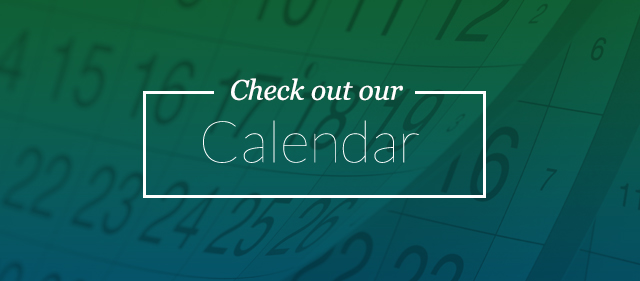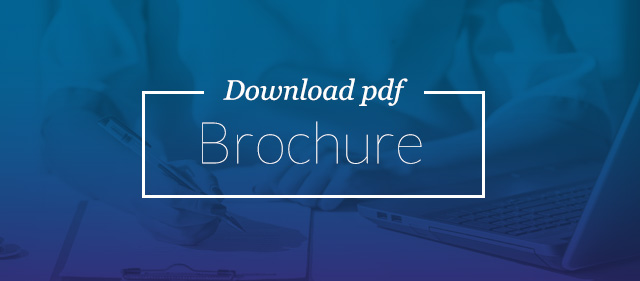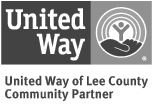Understanding how orofacial muscles influence teeth, speech and breathing
WHAT IS OMD?
Orofacial Myofunctional Therapy (OMD)
Orofacial Myofunctional Therapy is similar to Physical Therapy, only specifically targeted for the muscles of your face and mouth. When orofacial muscles develop abnormal patterns over a period of time, it can lead to the development of an Orofacial Myofunctional Disorder (OMD).
Understanding the meaning of Orofacial Myofunctional Therapy:
- ORO – Prefix meaning ‘mouth’
- FACIAL – Meaning ‘of’ or ‘for’ the face
- MYO – Meaning ‘muscle’
- FUNCTIONAL – The way something works
Orofacial Myofunctional Disorders (OMDs) are disorders of the muscles and functions of the face and mouth. OMDs may affect, directly and/or indirectly, sleep, facial skeletal growth and development, breathing, chewing, swallowing, speech, occlusion, posture, temporomandibular joint movement, oral hygiene, stability of orthodontic treatment, facial esthetics, head posture, and more.
OMDs are linked to:
- Abnormal Facial Growth & Development
- Sleep Apnea
- Breast Feeding Difficulties in Infants
- Speech Problems
- Digestion Issues
- Jaw Pain
- Orthodontic Relapse
- ADHD-like Symptoms
- Toxic Oral Habits
- Chronic Headaches
- Chronic Tension
- Teeth Grinding
- Swallowing Difficulties
- Messy Eating
- Poor Posture
- Snoring
- Facial Aesthetics
Additional behaviors may include:
- Tongue & Lip Ties
- Low Tongue Posture
- Tongue Thrusting
- Mount breathing
- Incorrect Chewing & Swallowing
- Noxious habits such as nail biting, thumb or finger sucking & lip licking
An Orofacial Myofunctional Disorder May Be Due To: Improper oral and facial functions due to heredity, habits and/or anatomical abnormalities.
What Is OMD Therapy?
Therapy to address Orofacial Myofunctional Disorders is an interdisciplinary practice which works with the muscles of the lips, tongue, cheeks and face, and their related functions (such as breathing, sucking, chewing, swallowing, and some aspects of speech).
The goal is prevention, evaluation, diagnosis and treatment of people who may be identified as having these functions compromised.
Should Orofacial Myofunctional Therapy Occur Before Or After Orthodontic Treatment?
Orthodontics and Orofacial Myofunctional Therapy are closely related, directly impacting the other, and OMD treatment may be indicated before, during, and or stability. These cases, when treated by both Orthodontists and OMD therapists, help to diminish orthodontic relapse after the removal of braces. Depending on the case, exercises for strengthening the orofacial muscles (especially the lips and tongue), elimination of adverse oral habits, and the balance of the stomatognathic functions (breathing, chewing, and swallowing) may be indicated.
Amy J. Boss, MA, CCC/SLP-L is a licensed Speech and Language Pathologist and a certified Orofacial Myofunctional Therapist that provides OMD therapy for Florissa. Amy can be contacted via email at bossa@kreiderservices.org or by phone at 815.288.1905
If you would like to download the above information as a PDF version of the OMD Therapy brochure, it is available here.




